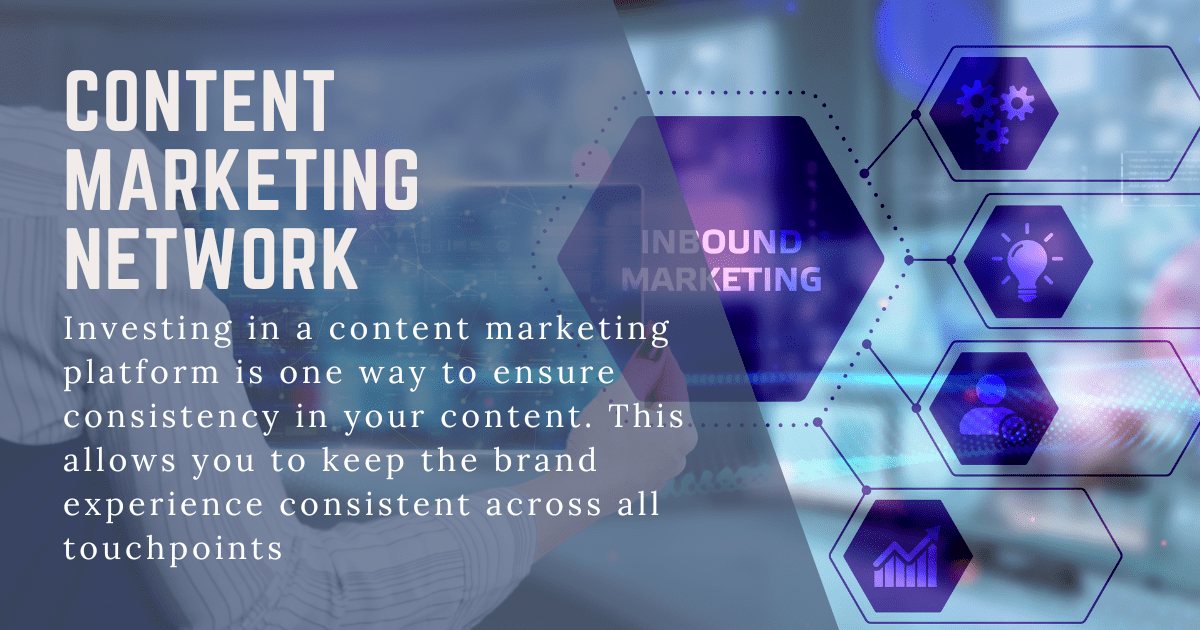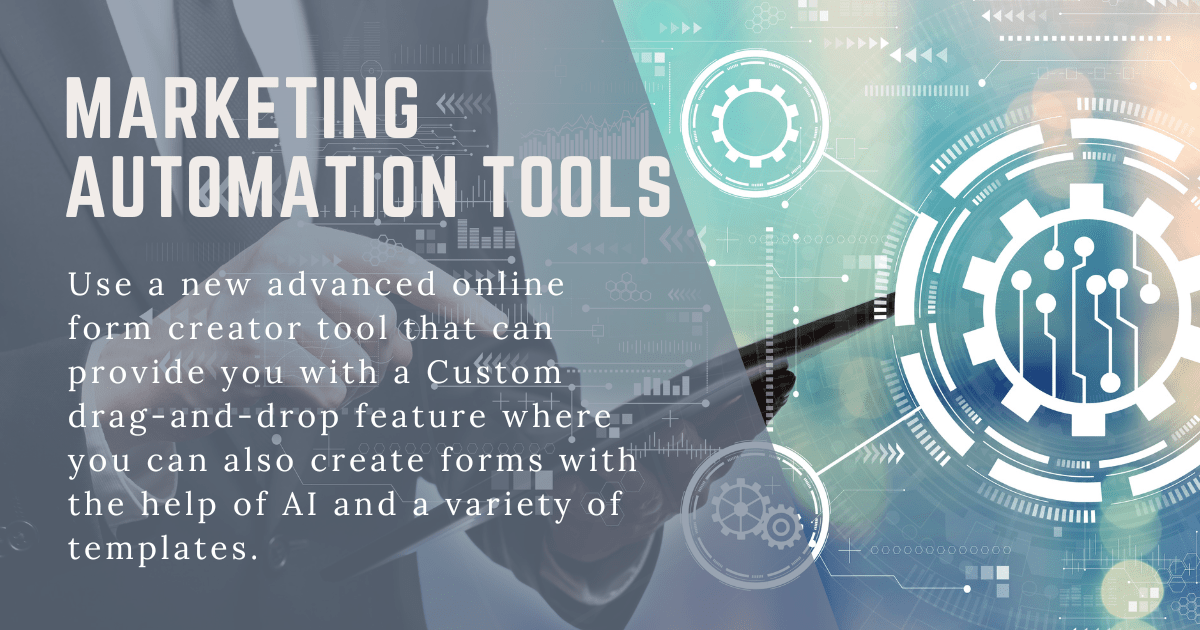Modern businesses have an almost infinite variety of communication forms and marketing channels at their disposal. You're probably using search engines to find prospects, interacting with consumers on social media, and doing traditional advertising to promote your goods at any given time.
Keep reading to learn:
- Integrated marketing communications.
- The advantages of an IMC strategy for businesses
- How to create an IMC plan in steps
- How Siteimprove may assist
Integrated marketing communications: what is it?
Making sure that the same narrative is conveyed across all of your marketing and communication platforms is known as integrated marketing communications or IMC. It's the practice of coordinating your messaging, tone of voice, and branding at all points of contact with customers.
Regardless of the channel that a client interacts with, IMC's ultimate objective is to guarantee that they have the same experience with your business.
An integrated marketing communications strategy's advantages
The major goal of implementing an IMC strategy is to break down departmental silos and integrate your marketing initiatives. There are several advantages to this:
Enhanced identity and brand experience
You may prevent giving the impression that your business is fragmented by employing consistent message and communication techniques across all channels. Integrated marketing communications, when done right, guarantee that every interaction strengthens and establishes your brand in the eyes of the consumer.
Shorter conversion time
People will always perceive your brand the same way if you deploy integrated marketing messaging throughout their user journey. They may go through the client funnel more easily as a result. They don't have to constantly "relearn" what your business stands for and modify their expectations. This expedites conversion to customer in the end.
Better reporting
Streamlining internal reporting is a bonus of having a strong IMC strategy. Reporting quality increases when all departments work toward the same common objective and use comparable criteria to gauge progress. Everyone will agree if silos are broken down and team marketing initiatives are coordinated.

How to design a plan for integrated marketing communications
An IMC approach that works doesn't just happen. You will need to define common goals, obtain organizational buy-in, and collaborate across departments.
Take these actions to ensure the success of your integrated marketing communications plan.
1. Establish the brand's guidelines.
First of all, without a shared set of brand rules, it is impossible to hope to synchronize your messages. Your business as a whole has a common understanding of your goal thanks to your brand identity, which also serves as an anchor for future marketing activities.
Thus, begin by determining what best embodies your brand, and specify:
- The visual identity of the brand
- Logo colors
- Voice insignificance Principles and values
Your brand standards should be as detailed and exact as possible to minimize confusion and controversy later on. Any team that handles external communications should make your brand guidelines their standard reference guide.
2. Establish user profiles.
Your clientele is not a monolithic entity. Their demographics, degrees of interest in your items, and motivations for purchasing vary.
This implies that your business might need to modify its messaging based on the intended audience. You should divide your consumers into several target groups by creating user profiles, which are closely linked to customer personas, to make this easier.
By segmenting your clientele in this manner, you may more effectively customize your messaging for various channels. To further expedite and enhance each target audience's experience with your company, you may even customize your user experiences for them.
3. Create a plan for cross-platform content marketing.
The next step is to create a roadmap for your future content marketing. This covers all of your content on all relevant external channels, such as:
- SEO (search engine optimization)
- Paid marketing is also known as PPC.
- Social media networks
- Email marketing
- Traditional Marketing
Using a shared content approach, you may more efficiently structure content pieces such that they complement one another and go live at the same time. It also aids you in detecting and removing any duplicate or conflicting messaging that may have been merged. Finally, the content plan keeps your internal teams focused and coordinated.
4. Make an inventory of the material on your website.
Your website serves as an independent marketing channel. That means it must represent your brand, just like every other customer interaction point.
As the first step in ensuring compliance, create a detailed inventory of the material on your website. This encompasses all of the content on your website, such as:
- Pages of landing
- Press releases and articles
- FAQs and contact information
- Images, videos, and other multimedia files
- Files and PDFs, both internal and external
- Maps of the Site
All of the elements on your website must adhere to your present brand guidelines. Check sure the messaging is up to date and true to the brand.
5. Make use of a content marketing network
Investing in a content marketing platform is one way to ensure consistency in your content. This allows you to keep the brand experience consistent across all touchpoints.
With a good content marketing platform, you can track the success of each piece of content in one place. You will also be able to acquire doable recommendations for improvements. A content marketing platform may also help with executive buy-in and engagement.
This type of platform essentially guarantees that all material is created to the same standard by supporting you with:
- Check that the brand's specifications are being met.
- Examine your grammar and spelling.
- Examine the content's readability, freshness, and quality.
- Look for broken links and typos in the text.

6. Provide people with impairments with a consistent brand experience.
You must make your material accessible to users with disabilities if you want to reach the largest audience possible. For website navigation, this group occasionally uses screen readers and other assistive technology. When it comes to the digital sphere, they are a population section that is frequently disregarded.
Ensure that these consumers have an equal opportunity to interact with your brand consistently. This implies that you may need to account for potential visual impairments when designing things like your colours and images. It also entails making your navigational features broadly accessible and employing proper alt tags to accurately convey the context of photographs.
The best approach to guarantee appropriate accessibility and ADA compliance is to have your website adhere to web standards such as the Web Content Accessibility Guidelines.
7. Make use of marketing automation tools.
With marketing automation software, you can put a lot of your communications with customers on autopilot. Automating tedious communication activities and developing sophisticated behavior-triggered processes are only two advantages of this.
Automation software ensures that every message in the context of integrated marketing communications is precisely the same. This allows you to simplify your user experiences and removes the possibility of inconsistent branding.
A successful MarTech stack must include marketing automation software in addition to your analytics tools and content marketing platform. Use it to take complete control of the communications you have with your customers.
Use a new advanced online form creator tool that can provide you with a Custom drag-and-drop feature where you can also create forms with the help of AI and a variety of templates.

8. Combine your PPC and SEO efforts into one cohesive campaign.
Businesses frequently handle SEO and PPC as distinct marketing campaigns. Teams handling paid and organic traffic can even find themselves operating independently.
It is undoubtedly true that the two need different skill sets and have different time horizons and metrics. But there's also a lot of overlap in areas like content creation, keyword research, competition analysis, and the on-site user journey that both traffic sources contribute to.
Therefore, it is appropriate to combine the two tasks to promote content alignment and the exchange of best practices. The foundation of integrated marketing communications is a consistent message, which is ensured by avoiding duplication of effort.
9. Purchase a platform for enterprise-level analytics.
All marketing channels serve the same purpose and serve as touchpoints in the same customer journey when an IMC strategy is implemented. You thus require a consistent method to evaluate their performance.
Purchasing enterprise-level analytics software enables you to track performance holistically. Top-level dashboards with integrated insights across channels may be created, and shared metrics can be set up.
Through the integration of many analytics technologies into a single, comprehensive solution, you can see the complete customer journey from the initial point of contact to the final one. Planning, analyzing, and optimizing your integrated marketing communications initiatives becomes simpler as a result.







